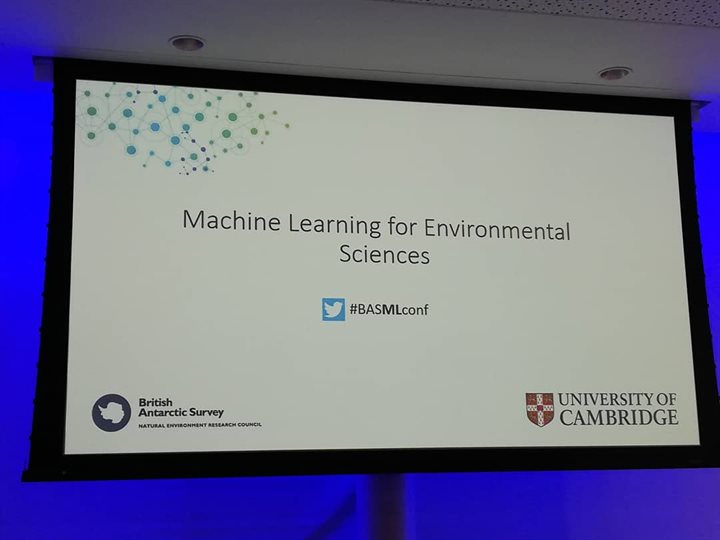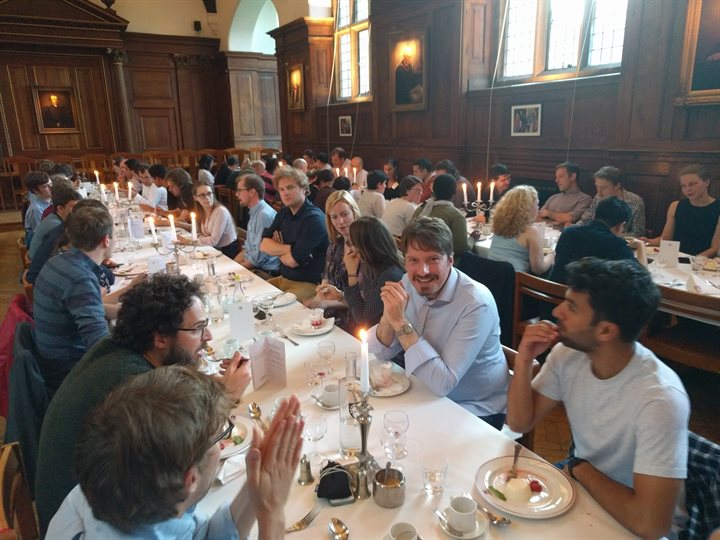BBSRC & Hounsfield Facility First Year PhD Student attends the Machine Learning in Environmental Science Meeting hosted by the British Antarctic Survey in Cambridge
Conference report by Caroline Roy
On June 17th and 18th 2019, I attended a conference on Machine Learning in Environmental Science, hosted by the British Antarctic Survey in Cambridge. This was attended by both those working with machine learning, and those working with environmental data. Whilst some attendees had knowledge of both of these areas, many were from just one research area. The conference aimed to demonstrate how machine learning could be used in a variety of ways with environmental data and allow networking and collaborations between groups.

Machine learning allows for the automation of tasks, meaning that large amounts of data can be processed, which may be impossible or very resource consuming to do manually. Patterns in the data may also be recognised by the machine that humans would not pick up on, allowing data to be viewed in a new way.
Environmental data present a wide range of potential applications of machine learning, from conservation projects and agriculture to climate change and dangerous weather predictions. The inclusion of machine learning in these areas could greatly advance the research and yield significant new results.
Some examples of the work currently being undertaken included;
- Using machine learning and satellite images to track the endangered Albatross nesting sites on remote islands.
- Observing, predicting and understanding cloud pattern formations.
- Predicting the direction and intensities of storms before they happen.
- Modelling and predicting Methane sources, sinks and behaviour in the atmosphere.
Following the talks on the second day, there was a “Hands-on Data Challenge” session where we were able to work through practical examples of machine learning applied to different environmental data sets and situations. It was great to be able to apply things we’d learnt from the talks to some ‘real-life’ situations and think about we could use it in our own research areas.
We were also invited to attend a few drinks at a local pub as well as a lovely dinner at one of Cambridge’s colleges. Being able to discuss our work more casually with each other lead to some great topics and suggestions for research and future collaborations.

Posted on Friday 5th July 2019